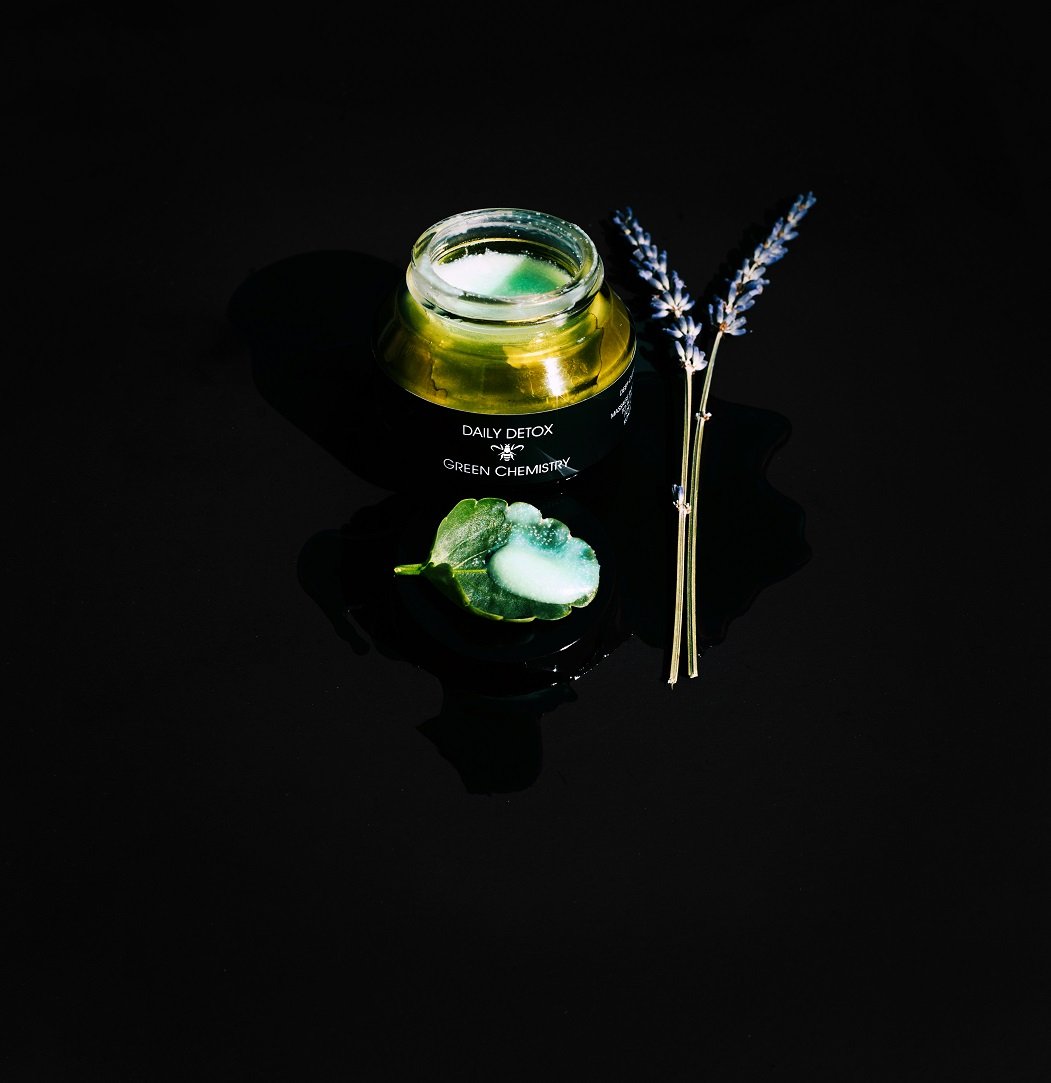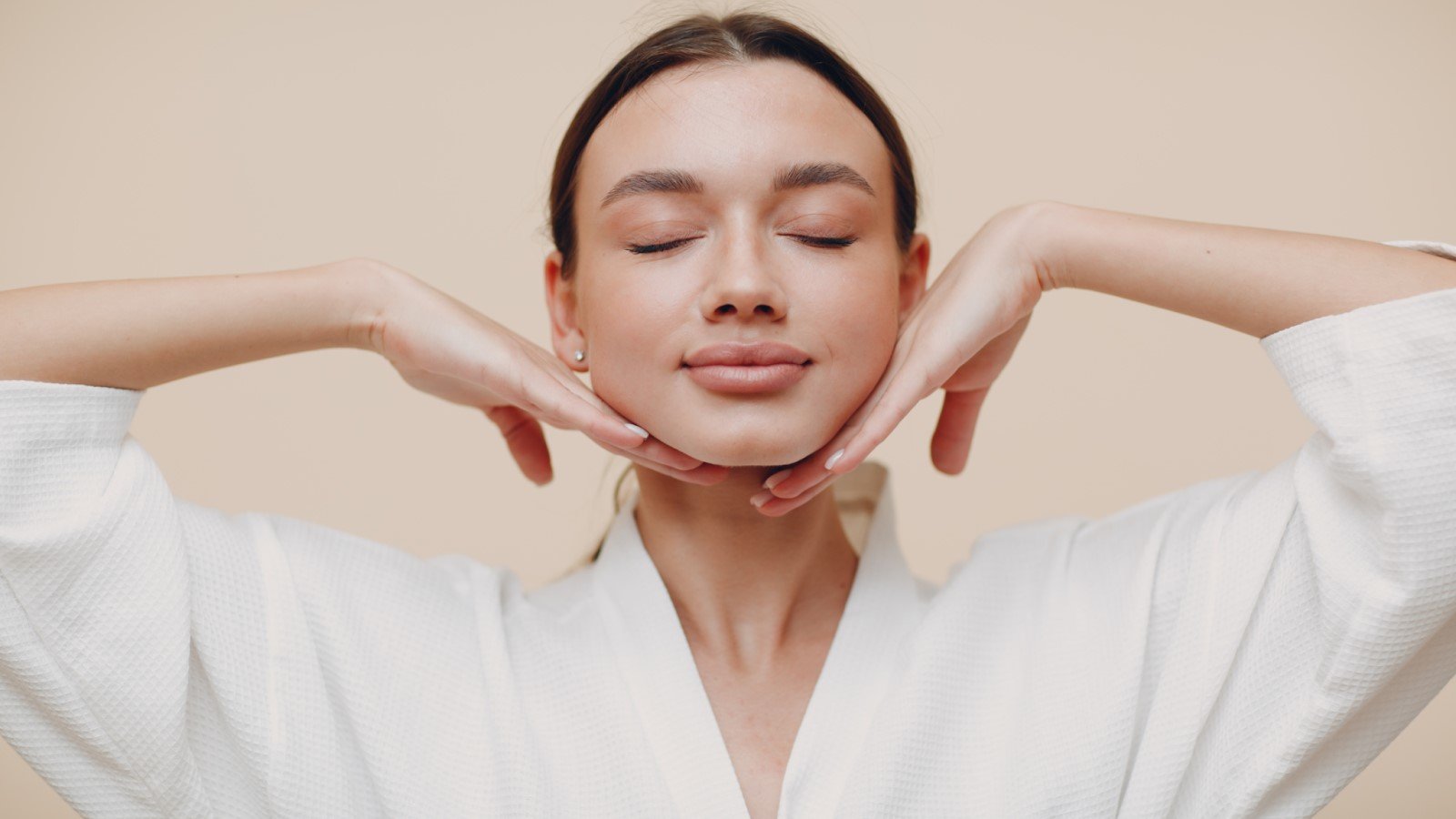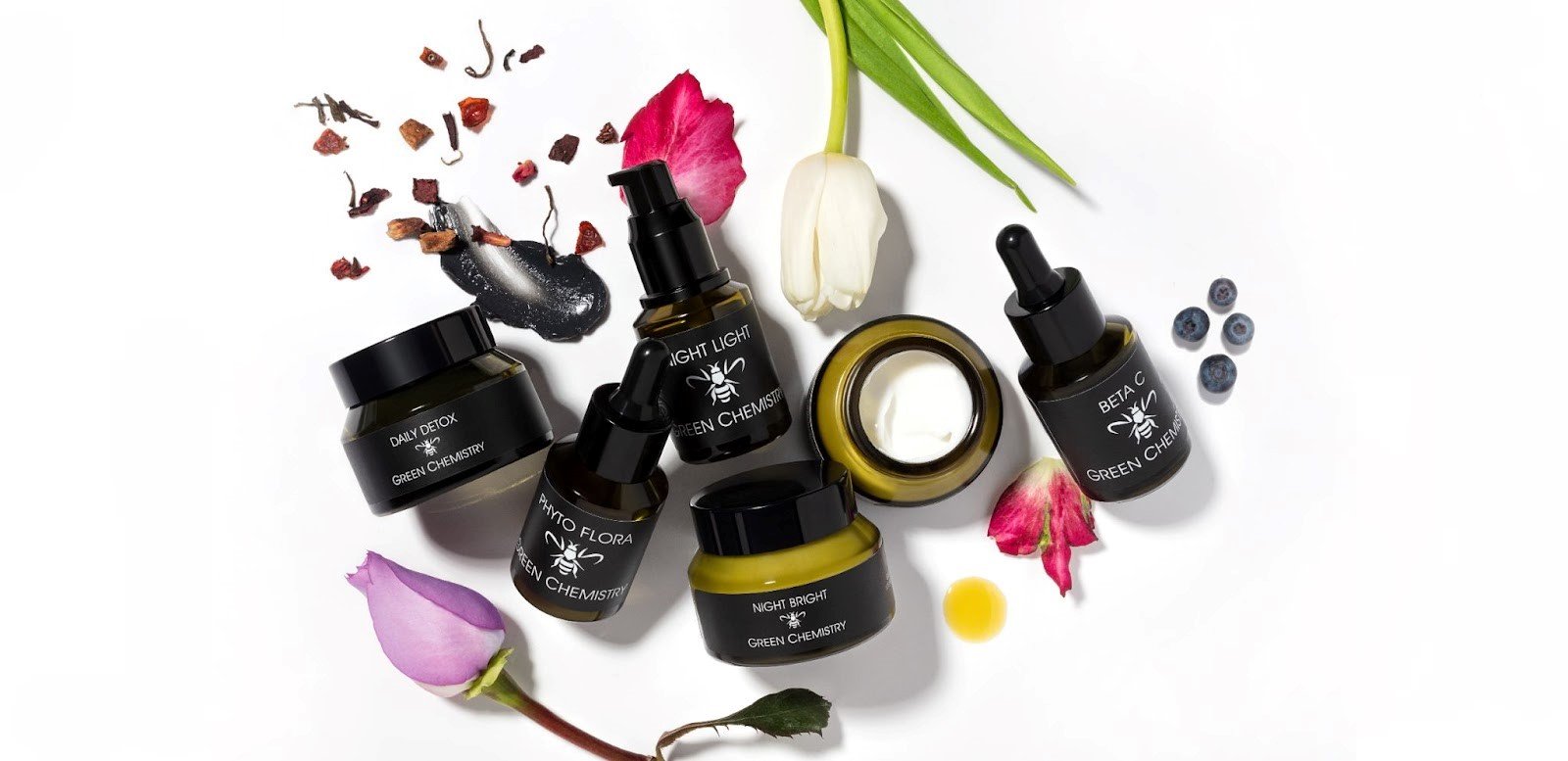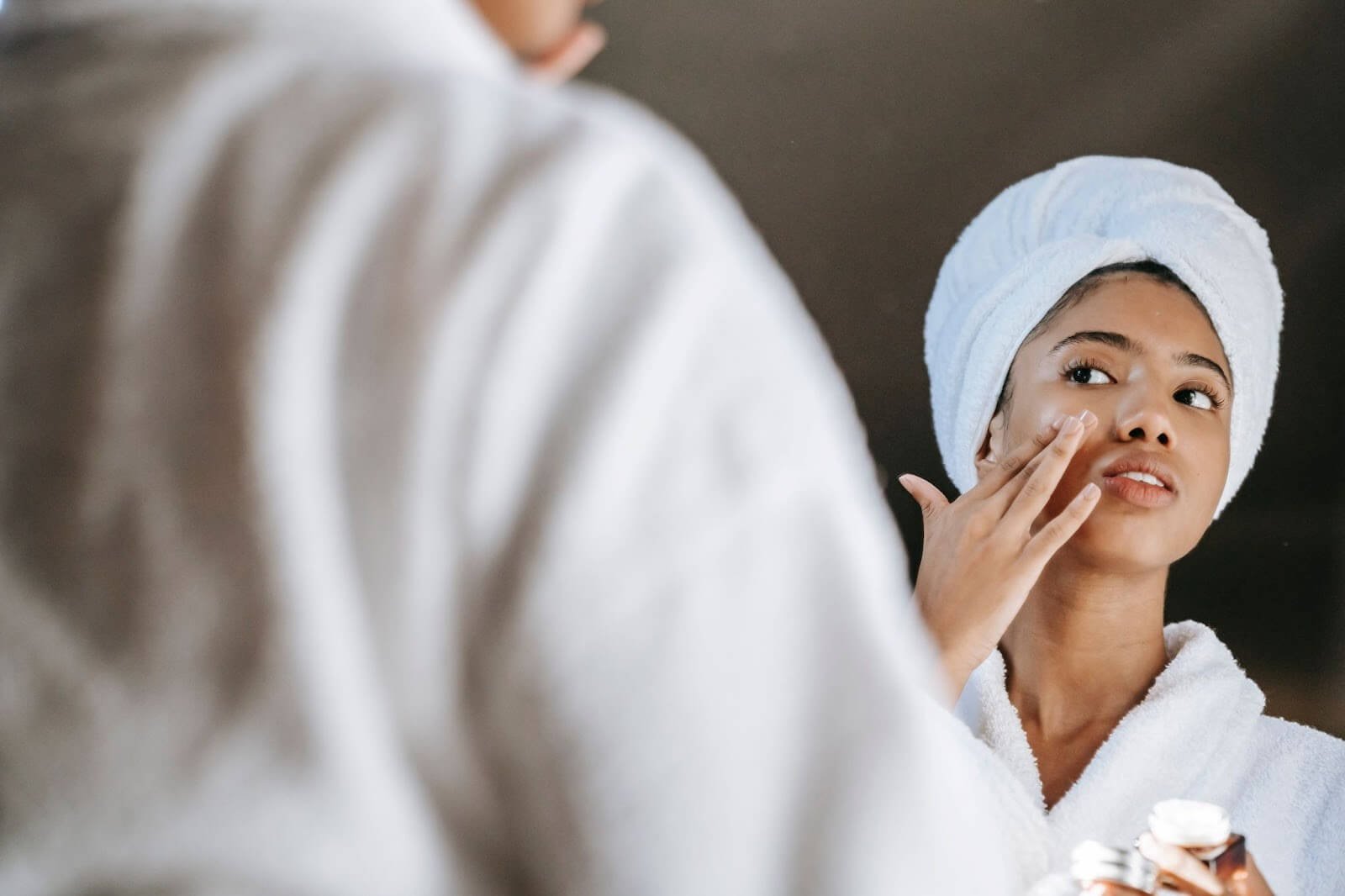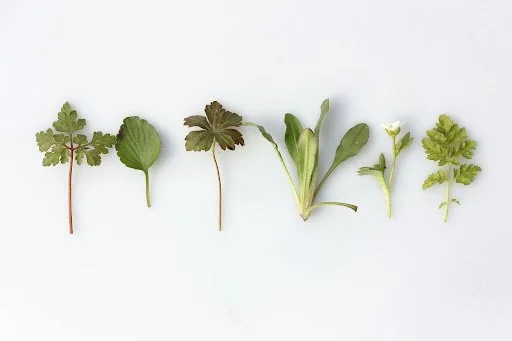The Magic of Toners: Why They Deserve a Prominent Place in Your Daily Skincare Regimen
Brigitte Tolson
In the skincare world, we often hear about the significance of cleansers, serums, and moisturizers, but one essential step that tends to remain unsung—the toner. This skincare product is key to unlocking your skin's potential and can be a game-changer in achieving a radiant complexion.
As a skincare enthusiast, you are familiar with the many products available. Among these, tonics have emerged as a must-have for any effective skincare regimen. Tonic, often referred to as a toner, plays a vital role in prepping and priming your skin, paving the way for the goodness of other skincare products to penetrate deeply.
Today we explore the role of a toner in your skincare routine and discover why it's a must-have for all skin types. From its vital benefits to how it sets the stage for optimal skincare absorption, let's explore the magic of toners and why they deserve a prominent place in your daily regimen.
Let's dive in!
What is Toner
Toner is a liquid skincare product typically formulated with a water base, designed to serve multiple purposes in a skincare routine. Its primary objectives are to balance the skin's pH level and effectively remove impurities that may remain on the skin after cleansing, such as dirt, oil, and makeup.
The best time to use a toner is after cleansing, as it aids in eliminating any leftover residue and also helps in locking in moisture for the skin. The interesting point is that toner can be applied while the skin is damp, allowing for better absorption and efficacy.
By incorporating facial toner into your daily skincare regimen, you can elevate your skincare routine to achieve healthier, more radiant-looking skin with a smoother and refined surface appearance.
What To Look For in a Facial Toner
Non-Comedogenic
When choosing a toner, It is essential to get a toner that is “non-comedogenic.” This type of toner is a specially formulated product not to clog your pores.
Alcohol-Free and Non-Astringent
Toners containing drying ingredients, like astringent alcohols, can strip away moisture from your skin, potentially leading to dryness, redness, or irritation.
For this reason, it is best to opt for a gentle, hydrating toner instead that is non-astringent, fragrance-free, and formulated without alcohol to leave your skin feeling comfortable, soft, and clean.
What are the Benefits of Tonic in your Skincare Routine?
Restoring pH Balance
After cleansing, your skin's natural pH balance can be disrupted. A toner swoops in to save the day. Its gentle formulation helps to rebalance your skin's pH levels, making it more resilient and less prone to issues such as dryness, irritation, and breakouts.
Deep Cleansing and Pore Minimization
Cleansers are marvelous at removing dirt and impurities, but a toner takes it further. It acts as a second line of defense, ensuring that any lingering residue from cleansers or environmental pollutants is swept away. By penetrating deeper into your pores, toners help to minimize their appearance, giving your skin a smoother and more refined texture.
Enhanced Hydration and Nourishment
Some toners contain enriching ingredients like hyaluronic acid, glycerin, or botanical extracts. These powerhouse components provide an additional layer of hydration, allowing your skin to absorb moisture more effectively. You're paving the way for a well-hydrated and supple complexion by nourishing your skin at this stage.
Prepares the Canvas for Skincare
One of the most significant advantages of using a toner is how it preps your skin for the subsequent steps in your skincare routine. By removing any remaining impurities and excess oil, toners create a clean canvas that maximizes the effectiveness of your serums and moisturizers. When you do this, your skincare product's nutrients and active ingredients can penetrate deeply and work their magic more efficiently.
Targeted Solutions for Specific Concerns
Modern toners have evolved from their astringent-heavy predecessors. Today, you can find toners catered to various skincare needs, such as brightening, acne-fighting, or anti-aging. These specialized toners go beyond the basics, allowing you to address specific concerns effectively and tailor your skincare routine to suit your unique complexion.
Introducing Green Chemistry's Phyto Glow Tonic
At Green Chemistry Skincare, we believe in the power of nature to nurture and restore your skin. The Phyto Glow Tonic is carefully crafted using natural and organic ingredients sourced from medicinal plants, nourishing fruits, and botanical extracts. By embracing nature's wisdom, we ensure our toners are free from harsh chemicals and synthetic additives, making them gentle yet highly effective for all skin types.
With the Phyto Glow Tonic, you experience the transformative benefits of balanced pH, deep hydration, and enhanced product absorption.
Phyto Glow Tonic stands out as a true gem among the many tonics available. Crafted by our expert team of professionals with utmost care and precision, Phyto Glow is free from harsh chemicals and synthetic additives, making it gentle yet highly effective for all skin types.
Let's explore the powerful ingredients of Green Chemistry Phyto Glow Tonic
Lactic Acid & Kojic Acid
Phyto Glow Tonic boasts a generous 10% buffered lactic and kojic acid. These potent ingredients work synergistically to target signs of aging, such as fine lines, wrinkles, and age spots. Despite its remarkable effectiveness, the Phyto Glow tonic remains gentle enough for sensitive skin.
Vitamin C
Known for its brightening and antioxidant properties, vitamin C is a crucial component of Phyto Glow Tonic. This ingredient is derived from vitamin C-rich tangerine and contributes to a radiant complexion and youthful glow.
Organic White Willow Bark
Organic white willow bark is a natural brightening agent designed to combat skin cell aging. It works diligently to reveal a smoother and more even skin tone, reducing the appearance of dark spots and discoloration.
Cucumber Juice, Tea Tree & Aloe Vera
These botanical extracts work harmoniously to provide deep hydration and balance the skin's pH levels. Cucumber juice soothes and refreshes your skin, while tea tree offers antimicrobial properties. Aloe vera, known for its healing properties, nurtures your skin and promotes a healthy complexion.
Why Choose Phyto Glow Tonic?
Phyto Glow Tonic embraces a holistic approach to skincare with Green Chemistry's commitment to natural and sustainable ingredients, so you don't need to worry about harsh chemicals on your skin. Incorporating a tonic like Green Chemistry's Phyto Glow Tonic into your skincare routine can be a game-changer.
Our commitment to sustainability and efficacy ensures that your journey toward radiant and rejuvenated skin is both mindful and gratifying.
The Phyto Glow Tonic formula combines lactic acid, kojic acid, and vitamin C to combat signs of aging, giving your skin a revitalized appearance. We help bring life, brightness, and youth back to your skin.
Whether your skin is sensitive, oily, dry, or a combination of these, the Phyto Glow Tonic caters to the unique needs of each complexion. No longer must you search for a solution tailored to your specific skin type






